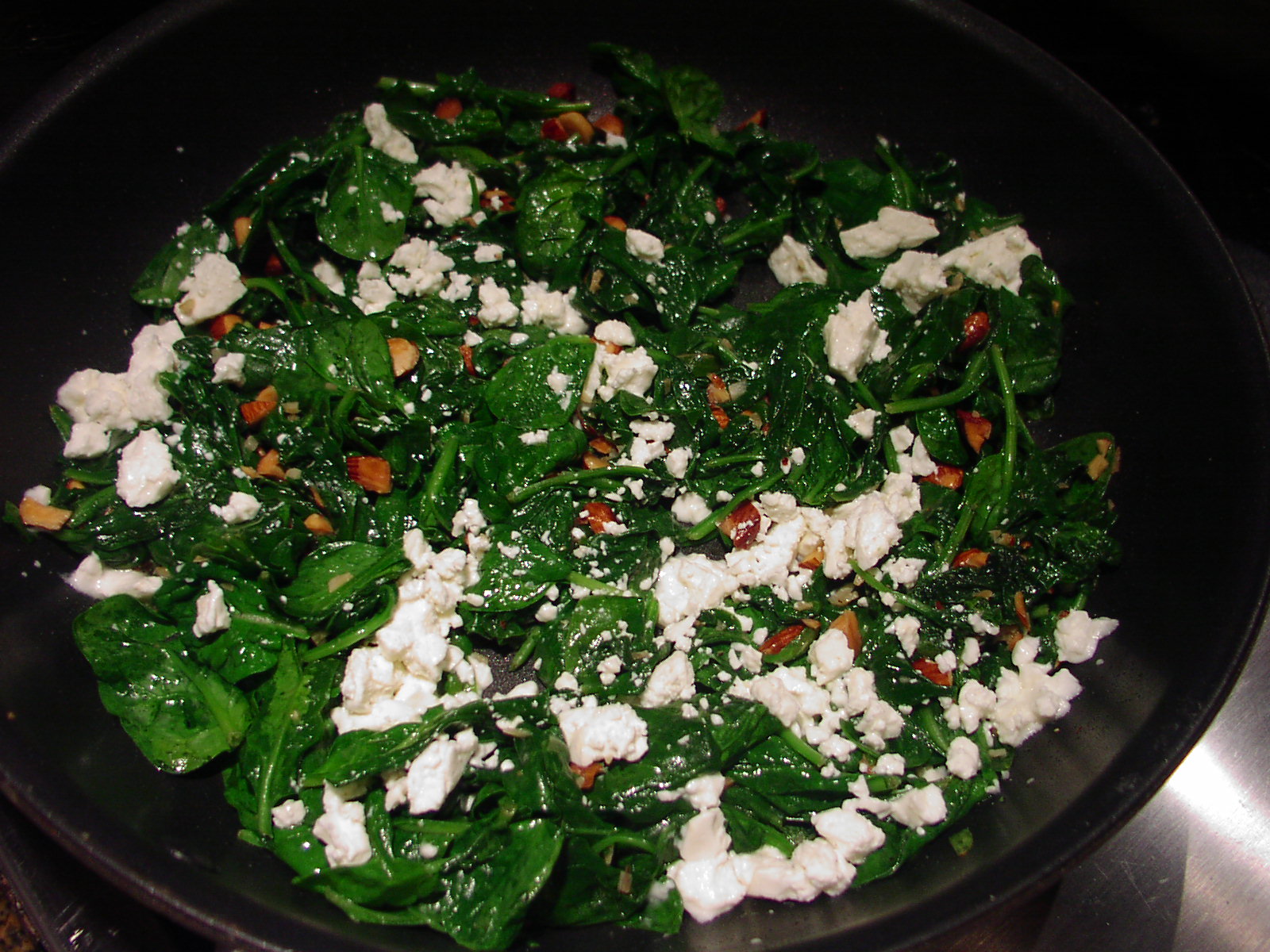So call me slow, but it took me almost 71 years to figure out that Popeye didn’t eat spinach because it tasted good (it was canned for heaven’s sake!), but rather because he thought it would make him stronger. Not until I conducted some research on good old Popeye did I learn the error of my thinking and his as well. (As if a cartoon character could think in the first place, but bear with me, I’ll get to the point sooner or later!)
The truth begins more than fifty years before Popeye was even a glimmer in E. C. Segar’s eye. According to Samuel Arbesman, Popeye’s “thinking” was precipitated by a scientific error. To quote Mr. Arbesman, “Popeye, with his odd accent and improbable forearms, used spinach to great effect, a sort of anti-Kryptonite. It gave him his strength, and perhaps his distinctive speaking style. But why did Popeye eat so much spinach? What was the reason for his obsession with such a strange food?
Back in 1870, Erich von Wolf, a German chemist, examined the amount of iron within spinach, among many other green vegetables. In recording his findings, von Wolf accidentally misplaced a decimal point when transcribing data from his notebook, changing the iron content in spinach by an order of magnitude. While there are actually only 3.5 milligrams of iron in a 100-gram serving of spinach, the accepted fact became 35 milligrams. To put this in perspective, if the calculation were correct each 100-gram serving would be like eating a small piece of a paper clip.
Once this incorrect number was printed, spinach’s nutritional value became legendary. So when Popeye was created, studio executives recommended he eat spinach for his strength, due to its vaunted health properties. Apparently Popeye helped increase American consumption of spinach by a third!
This error was eventually corrected in 1937, when someone rechecked the numbers. But the damage had been done. It spread and spread, and only recently has gone by the wayside, no doubt helped by Popeye’s relative obscurity today. But the error was so widespread that the British Medical Journal published an article discussing this spinach incident in 1981, trying its best to finally debunk the issue.”
So now that you have Popeye’s story, I’m going to bore you with mine. (Your lucky day folks. But then you know me – I yam, what I yam, and that’s all what I yam.)
I don’t care that spinach has only 3.5 milligrams of iron in a 100-gram serving rather than 35 milligrams. Because spinach is also an excellent source of vitamin K, vitamin A (in the form of carotenoids), manganese, folate, magnesium, copper, vitamin B2, vitamin B6, vitamin E, calcium, potassium, and vitamin C. It is also a very good source of dietary fiber, phosphorus, vitamin B1, zinc, protein, and choline. And most important of all – IT TASTES GREAT! And I don’t care that Popeye was disillusioned. He was still one healthy and strong dude. After all, if he was good enough for Olive Oyl; he’s alright in my comic book too!
So if you too are a believer in the powers of spinach, give this recipe a try. Anytime I ask Mr. C. if he likes a dish, and his answer is “no, I love it”, then I know the recipe is a winner. It shivers me timber just thinkin’ about how much you are going to love serving this dish to your family. BTW, Bluto says Hi!
- 2 T. extra virgin olive oil
- 2 garlic cloves, minced
- 6-10 oz. fresh baby spinach, roughly chopped
- ¼ c. slivered or chopped whole almonds
- freshly ground black pepper
- pinch crushed red pepper flakes
- ½ c. crumbled feta cheese
In a large skillet, heat the olive oil and add the garlic. Sauté for 1 minute, or until the garlic releases its aroma. And the spinach, almonds, a small amount of pepper, and crushed red pepper flakes; sauté until the spinach is just wilted. Sprinkle with cheese and serve immediately.

